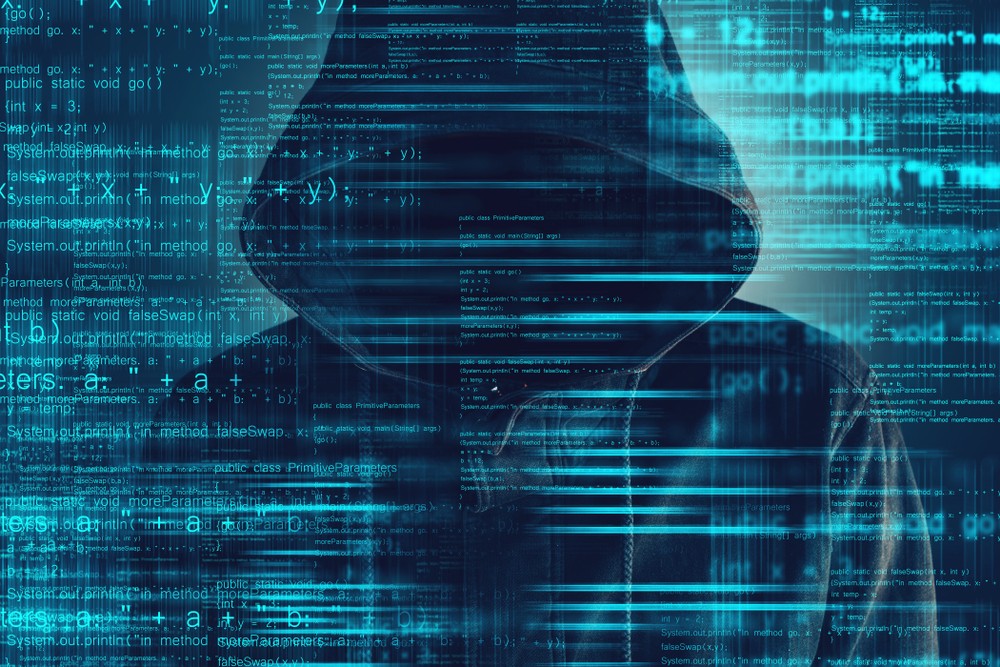Organizations that paid the ransom reported an average payment of $2 million, up from $400,000 in 2023. However, ransoms are just one part of the cost. Excluding ransoms, the survey found the average cost of recovery reached $2.73 million, an increase of almost $1 million since the $1.82 million that Sophos reported in 2023.
Despite the soaring ransoms, this year’s survey indicates a slight reduction in the rate of ransomware attacks with 59% of organizations being hit, compared with 66% in 2023. While the propensity to be hit by ransomware increases with revenue, even the smallest organizations (less than $10 million in revenue) are still regularly targeted, with just under half (47%) hit by ransomware in the last year.
The 2024 report also found that 63% of ransom demands were for $1 million or more, with 30% of demands for over $5 million, suggesting ransomware operators are seeking huge payoffs. Unfortunately, these increased ransom amounts are not just for the highest-revenue organizations surveyed. Nearly half (46%) of organizations with revenue of less $50 million received a seven-figure ransom demand in the last year.
“We must not let the slight dip in attack rates give us a sense of complacency. Ransomware attacks are still the most dominant threat today and are fueling the cybercrime economy. Without ransomware we would not see the same variety and volume of precursor threats and services that feed into these attacks. The skyrocketing costs of ransomware attacks belie the fact that this is an equal opportunity crime. The ransomware landscape offers something for every cybercriminal, regardless of skill. While some groups are focused on multi-million-dollar ransoms, there are others that settle for lower sums by making it up in volume,” said John Shier, field CTO, Sophos.
For the second year running, exploited vulnerabilities were the most commonly identified root cause of an attack, impacting 32% of organizations. This was closely followed by compromised credentials (29%) and malicious e-mail (23%). This is directly in line with recent, in-the-field incident response findings from Sophos’ most recent Active Adversary report.
Victims where the attack started with exploited vulnerabilities reported the most severe impact to their organization, with a higher rate of backup compromise (75%), data encryption (67%) and the propensity to pay the ransom (71%) than when attacks started with compromised credentials. The surveyed organizations also had considerably greater financial and operational impact, with the average recovery cost sitting at $3.58 million compared with $2.58 million when an attack started with compromised credentials and a greater proportion of attacked organizations taking more than a month to recover.
Other notable findings from the report include:
Less than one quarter (24%) of those that pay the ransom hand over the amount originally requested, and 44% of respondents reported paying less than the original demand
The average ransom payment came in at 94% of the initial ransom demand
In more than four-fifths (82%) of cases funding for the ransom came from multiple sources. Overall, 40% of total ransom funding came from the organizations themselves and 23% from insurance providers
Ninety-four percent of organizations hit by ransomware in the past year said that the cybercriminals attempted to compromise their backups during the attack, rising to 99% in both state and local government. In 57% of instances, backup compromise attempts were successful
In 32% of incidents where data was encrypted, data was also stolen – a slight lift from last year’s 30% – increasing attackers’ ability to extort money from their victims
“Managing risk is at the core of what we do as defenders. The two most common root causes of ransomware attacks, exploited vulnerabilities and compromised credentials, are preventable, yet still plague too many organizations. Businesses need to critically assess their levels of exposure to these root causes and address them immediately. In a defensive environment where resources are scarce, its time organizations impose costs on the attackers, as well. Only by raising the bar on what's required to breach networks can organizations hope to maximize their defensive spend,” said Shier.
Sophos recommends the following best practices to help organizations defend against ransomware and other cyberattacks:
· Understand your risk profile, with tools such as Sophos Managed Risk which can assess an organization’s external attack surface, prioritize the riskiest exposures and provide tailored remediation guidance
· Implement endpoint protection that is designed to stop a range of evergreen and constantly changing ransomware techniques, such as Sophos Intercept X
· Bolster your defenses with round-the-clock threat detection, investigation and response, either through an in-house team or with the support of a Managed Detection and Response (MDR) provider
· Build and maintain an incident response plan, as well as making regular back-ups and practicing recovering data from backups
Data for the State of Ransomware 2024 report comes from a vendor-agnostic survey of 5,000 cybersecurity/IT leaders conducted between January and February 2024. Respondents were based in 14 countries across the Americas, EMEA and Asia Pacific. Organizations surveyed had between 100 and 5,000 employees, and revenue ranged from less than $10 million to more than $5 billion.




